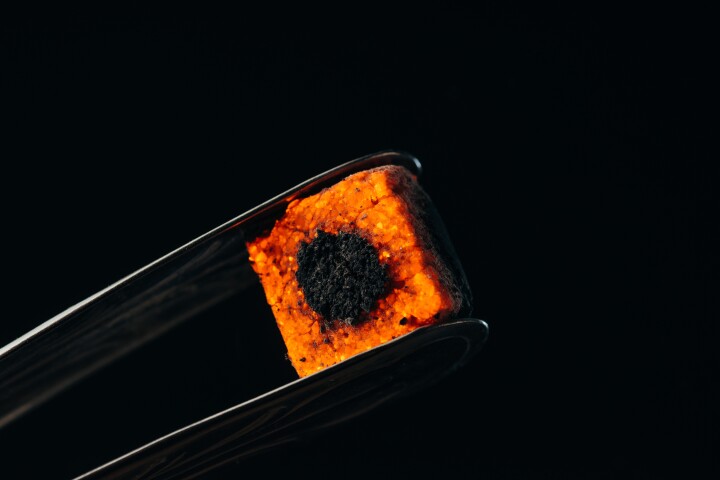Wearable technology is a rapidly evolving area of medicine, and now engineers from the University of California (UC) San Diego have continued the trend, developing a wireless ultrasound-system-on-a-patch that can continuously monitor vital signs in real time, even when someone is moving.
Ultrasound uses high-frequency sound waves to form an image of internal body structures such as abdominal organs, muscles and tendons, or the heart and blood vessels. Compared to other medical imaging methods like magnetic resonance imaging (MRI) and computed tomography (CT), it’s safer, less expensive and more versatile.
However, there are limitations that make ultrasound impractical. The probes used to obtain images are often bulky and wired to large devices. They need to be placed manually and maneuvered into the correct position, which requires a person to be motionless. And specialist medical professionals are required to interpret ultrasound images.
All this may soon be a thing of the past with the development of a wireless ultrasound-on-a-patch.
The fully integrated wearable ultrasound system developed by UC San Diego engineers is made for deep-tissue monitoring. And it doesn’t tether someone to a bulky device.
“This project gives a complete solution to wearable ultrasound technology – not only the wearable sensor, but also the control electronics are made in wearable form factors,” said Muyang Lin, co-lead author of the study. “We made a truly wearable device that can sense deep tissue vital signs wirelessly.”
The ultrasound-system-on-a-patch (USoP) improves upon the team’s previous ultrasound sensor, which required cables for power and to enable data transfer. The new USoP contains a miniaturized, flexible control circuit that interfaces with an ultrasound transducer array that collects and transmits data wirelessly to a smartphone app. The circuit is powered by a commercial lithium-polymer battery.
Testing the device, the engineers found it can take continuous tissue readings to a depth of 6.5 in (164 mm) for up to 12 hours, which means it can monitor important things like blood pressure, heart rate, and cardiac output.
“This technology has lots of potential to save and improve lives,” said Lin. “The sensor can evaluate cardiovascular function in motion. Abnormal values of blood pressure and cardiac output, at rest or during exercise, are hallmarks of heart failure. For healthy populations, our device can measure cardiovascular response to exercise in real-time and thus provide insights into the actual workout intensity exerted by each person, which can guide the formulation of personalized training plans.”
The machine learning algorithm is key to the USoP’s ability to monitor a moving target autonomously and continuously. Normally, the sensor needs to be manually readjusted with movement to ensure it’s monitoring the target tissue. Here, engineers tweaked the algorithm to automatically analyze incoming signals and choose the most appropriate channel to track the target tissue. The engineers say that, to their knowledge, this is the first wearable device to autonomously track a moving target.
Moreover, an advanced adaptation algorithm means the USoP can be trained on one person and transferred to another – or many others – with minimal need for retraining. This ensures that the data collected is consistent and reliable.
“We eventually made the machine learning model generalization work by applying an advanced adaptation algorithm,” said Ziyang Zhang, co-lead author of the study. “This algorithm can automatically minimize the domain distribution discrepancies between different subjects, which means the machine intelligence can be transferred from subject to subject. We can train the algorithm on one subject and apply it to many other new subjects with minimal retraining.”
Moving forward, the team plans to test their device on large populations.
“So far, we have only validated the device performance on a small but diverse population,” said Xiaoxiang Gao, co-first author of the study. “As we envision this device as the next generation of deep-tissue monitoring devices, clinical trials are our next step.”
The study was published in the journal Nature Biotechnology.
Source: UC San Diego








